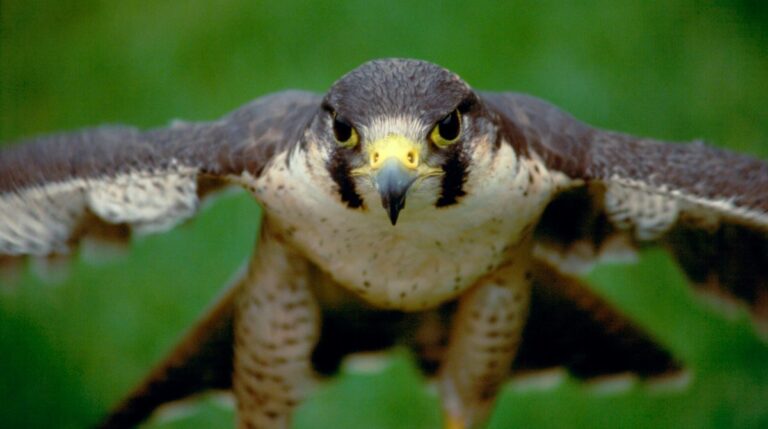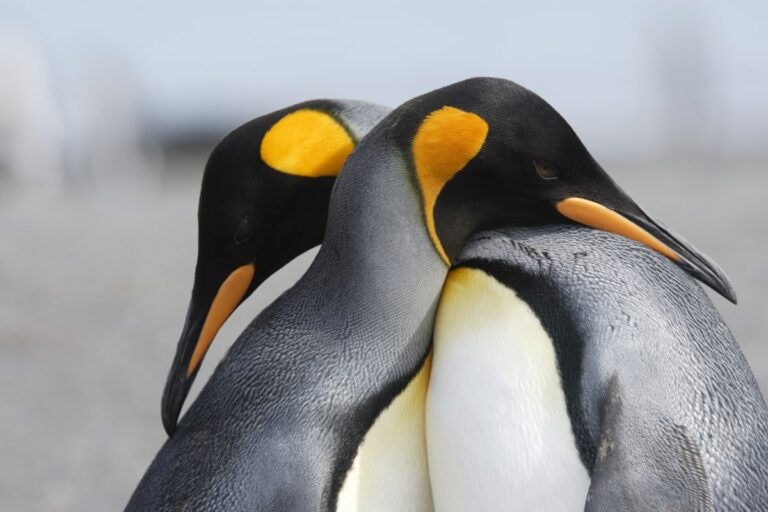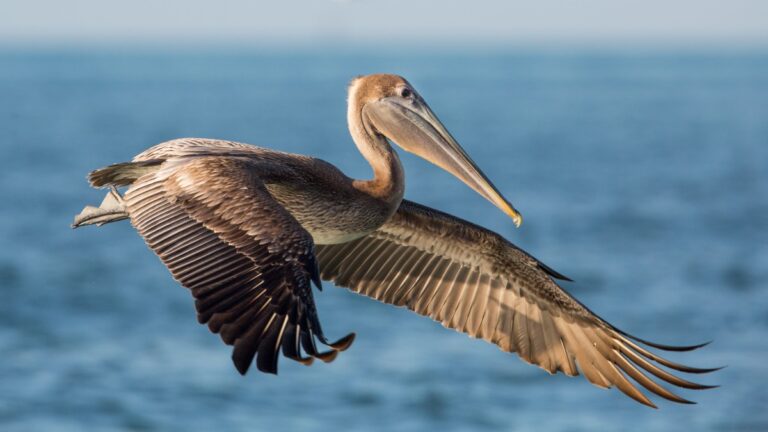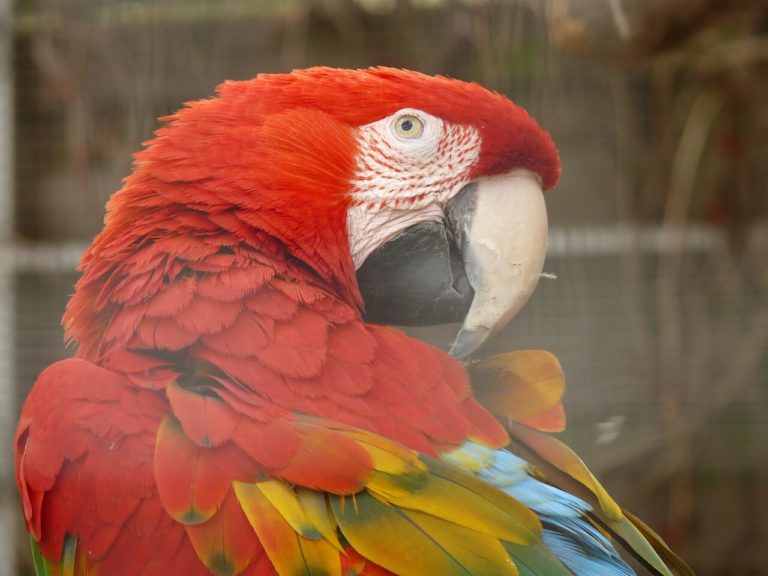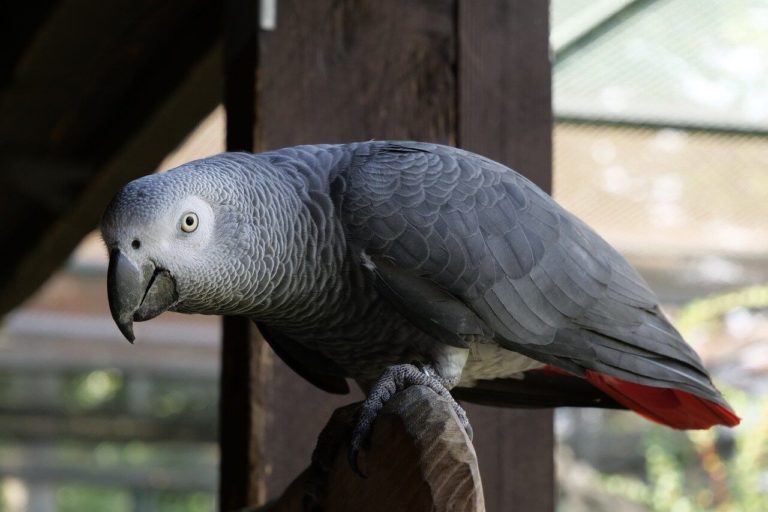The Falcon is a magnificent bird known for its speed, agility, and hunting prowess.
Major challenges for falcons are habitat loss and degradation, pollution and contamination. Find out more here…
Falconry holds significant cultural importance as it has been practiced for thousands of years. Learn more here…
Falcons have captivated human imagination for centuries. With their remarkable aerial abilities and fierce hunting skills, these birds of prey have become symbols of power, speed, and grace. In this comprehensive guide, we invite you to embark on a journey to discover the fascinating world of falcons.
The Diversity of Falcons: A Closer Look

Falcons are a diverse group of birds of prey, consisting of numerous species found in different regions of the world. Each species of falcon has unique characteristics and adaptations that allow it to thrive in its specific environment. Let’s take a closer look at the fascinating diversity of falcons.
Peregrine Falcon (Falco peregrinus):
The peregrine falcon is undoubtedly one of the most famous falcon species. It is widely distributed throughout the world and inhabits a variety of ecosystems, including coastal cliffs, mountains, and urban areas. Known for its incredible diving speed while hunting, the Peregrine is a master of the skies. With its streamlined body, sharp beak, and keen eyesight, it can reach speeds of over 240 miles per hour (386 kilometers per hour) during its hunting dive. This remarkable speed allows it to quickly capture prey in mid-air, making it a true wonder of nature.
DID YOU KNOW? The Peregrine Falcon’s Latin name, “peregrinus,” translates to “wanderer” or “pilgrim,” reflecting its migratory behavior and the vast distances it covers during its annual migrations.
Saker Falcon (Falco cherrug):
The saker is another notable species within the falcon family. It is found in a vast range that stretches from Eastern Europe to Central Asia. This raptor thrives in open grasslands, steppes, and semi-desert regions. The Saker has a powerful build, broad wings, and strong talons that allow it to hunt a wide variety of prey. It is known for its impressive aerial displays, often soaring high into the sky before swooping down with great precision to capture its target.
TIP: Observing a Saker Falcon in flight is a truly majestic experience. Look for them in open landscapes, where they may be perched on elevated structures, such as pylons or rock formations.
Merlin Falcon (Falco columbarius):
The Merlin is a small but feisty member of the hawk family. It is found in the northern regions of North America, Europe, and Asia. Despite its compact size, the Merlin is an agile and tenacious hunter. It specializes in the aerial capture of small birds, relying on its speed and agility to outwit its prey. The male Merlin is known for its striking blue-gray plumage, while the female has a more mottled brown coloration.
Lanner Falcon (Falco biarmicus):
The Lanner Falcon is a widespread species found across Europe, Africa, and parts of Asia. It thrives in a variety of habitats, including savannas, semi-deserts, and mountainous regions. The Lanner Falcon is known for its robust build, characterized by strong wings and a distinctive mustache-like facial pattern. It employs a combination of high-speed pursuits and skilled aerial maneuvers to capture a range of prey, including small to medium-sized birds and mammals.
Falcon Behavior and Hunting Techniques
Falcons’ behavior and hunting techniques are a testament to their status as supreme aerial predators. These birds excel at hunting and capturing their prey due to a unique set of skills and adaptations. Let’s explore the fascinating world of the hunting techniques of the falcon.
Keen Eyes: The Falcon’s Advantage
One of the key characteristics that make falcons formidable hunters is their exceptional eyesight. Falcons have well-developed eyes with a high density of photoreceptor cells, allowing them to see intricate details and detect prey from great distances. Their vision is so sharp that they can detect small movements and even see ultraviolet light, giving them an edge in tracking their targets.
TIP: To witness a falcon’s hunting prowess, keep an eye on the skies and open areas where they are known to frequent. Look for their characteristic swift flight patterns and sudden changes in direction, indicating they may be targeting prey.
The stoop: A Spectacular Hunting Technique
The Stoop is a distinctive hunting technique used by falcons, especially the famous Peregrine Falcon. This technique involves the falcon soaring at great heights, scanning the environment for potential prey. Once a target is identified, the falcon folds its wings and tucks its body into a streamlined shape, entering a steep and rapid dive toward the prey. During the dive, the hawk can reach incredible speeds, often exceeding 240 miles per hour (386 kilometers per hour).
Aerial Acrobatics: Maneuver with precision
Falcons are known for their aerial agility and acrobatics. They display remarkable maneuverability, executing sharp turns, rolls, and dives with effortless grace in pursuit of prey. These aerial skills allow hawks to outmaneuver their prey, using their speed and agility to stay one step ahead.
Cooperative Hunting: Strength in numbers
Falcons are generally solitary hunters. However, some species, such as the African Black Sparrowhawk, engage in cooperative hunting. These hawks form pairs or small groups to take on larger prey or engage in strategic hunting tactics. By working together, they increase their chances of success and maximize their efficiency in capturing prey.
So, the next time you catch a glimpse of a falcon soaring through the sky, marvel at its hunting prowess and the extraordinary adaptations that make it a true master of the skies.
The History of Falconry
The practice of falconry, also known as “hawking,” dates back thousands of years and spans continents and cultures. Showcasing the remarkable bond between these magnificent birds and their handlers, this ancient art form has forged a unique partnership between humans and falcons. Let’s delve into the fascinating history of falconry and its enduring cultural significance.
Origins: Ancient beginnings
The origins of falconry are believed to lie in Central Asia, where evidence of early falconry practices date back to around 2000 BC. Nomadic tribes in the region discovered the potential of training falcons for hunting purposes, using their natural instincts and formidable hunting abilities to aid in their survival.
Expansion and influence: Spread Across Continents
The practice of falconry spread across the globe, leaving its mark on different regions and societies as civilizations advanced and cultures flourished. Falconry became an integral part of hunting traditions and a symbol of power and prestige from the Middle East to Europe, from East Asia to North Africa.
DID YOU KNOW? In medieval Europe, falconry was not merely a sport but also a symbol of status and nobility. Falcons were often adorned with intricate hoods, bells, and leather straps, further emphasizing their esteemed position.
Medieval Europe: A Noble Pursuit
During the Middle Ages, falconry reached its zenith as a noble pastime in Europe. Falcons were highly prized and coveted by the aristocracy, and the pursuit of falconry became intricately woven into the social fabric of the time. Falcons were even given as diplomatic gifts between royalty, demonstrating their importance in diplomatic relations.
Islamic World: A Cultural Emblem
In the Islamic world, falconry flourished as a symbol of cultural identity. Arab falconers developed sophisticated training methods and breeding programs that elevated the art form to new heights. Falcons were considered prized possessions and were celebrated in poetry, literature, and art, demonstrating their cultural importance.
Renaissance and Beyond: Transformation and Preservation
With the advent of the Renaissance, falconry experienced a shift in focus. It changed from a practical hunting technique to a recreational pursuit. The emphasis shifted from using falcons as tools for hunting to appreciating their beauty, grace, and the intricate bond between falconer and bird.

Training Falcons: The Art of Bonding and Mastery
Training a falcon is a delicate and intricate process that requires dedication, patience, and a deep understanding of the bird’s natural behavior. Falconers use a variety of techniques to develop a strong bond with these intelligent creatures, enabling them to work in harmony and achieve remarkable feats together. Let’s explore the training techniques falconers use and the challenges they face in this extraordinary endeavor.
Imprinting: Building Trust from the Start
Imprinting is a crucial stage in falcon training where the young bird is exposed to human presence and begins to associate humans with safety and food. Falconers carefully hand-feed the chicks, allowing them to imprint on their handlers and build trust with them from a very early age. This process lays the foundation for a strong bond between falconer and falcon.
Weight Management: Balancing Independence and Control
An important part of falcon training is weight management. By carefully monitoring the bird’s weight, falconers can control its motivation to fly and hunt. Keeping the falcon slightly hungry during training sessions ensures its eagerness to participate and respond to cues, while maintaining its health and well-being.
DID YOU KNOW? Maintaining the ideal weight for a falcon is crucial. Falcons are weighed regularly, and their diet is adjusted accordingly to ensure they are at peak physical condition for hunting and training.
Positive Reinforcement: Rewarding Desired Behavior
Positive reinforcement is a fundamental principle of falcon training. Falcons are highly intelligent and respond well to rewards like food or praise. Falconers use this technique to reinforce desired behaviors, such as returning to the falconer’s glove or successfully capturing prey during training exercises.
Glove Training: Establishing Trust and Control
Glove training is an important part of falcon training that allows the falconer to establish trust and control over the bird. The falcon learns to associate the falconer’s glove with safety, comfort, and a food source. Through patient and consistent training, the falcon becomes accustomed to perching on the glove and eventually flying to and from it.
Conservation Challenges for Falcons
Despite their remarkable adaptations and hunting skills, falcons face significant challenges that threaten their survival and well-being. To ensure the long-term survival of these magnificent birds, conservation efforts are critical. Let’s explore the critical conservation challenges facing falcons and the strategies being used to protect and sustain their populations.
Habitat Loss and Degradation
Habitat loss and degradation is a major threat to falcons worldwide. Human activities such as deforestation, urbanization, and agriculture are encroaching on their natural habitats and depriving them of suitable areas for nesting and foraging. Destruction of cliffs, wetlands, and grasslands further exacerbates the loss of critical falcon habitat.
Pollution and contamination
Pollution is a major threat to falcon populations. Chemical pollutants, such as pesticides and industrial toxins, accumulate in prey species and can adversely affect their health and reproductive success. Water pollution, including oil spills and toxic waste, can contaminate their nesting areas and disrupt their reproductive cycles.
Illegal hunting and trade
Illegal hunting and trade pose a serious threat to falcon populations, particularly in regions where falconry is culturally significant. Unregulated capture and smuggling of falcons for falconry or the exotic pet trade can have a significant impact on wild populations. The high demand for falcons in certain regions exacerbates this problem.
Digression: Falcons in Popular Culture and Technology
In addition to their ecological importance, hawks have permeated popular culture, leaving a lasting impact on various forms of media and technology. These magnificent birds have become symbols of power, grace, and inspiration, capturing our imaginations in many ways.
In the realm of popular culture, hawks have found their place in literature, art, and film. One notable example is the Marvel Comics superhero Falcon, also known as Sam Wilson. Falcon represents bravery, agility, and a strong bond between humans and these majestic birds with his iconic winged suit and connection to falcons.
TIP: Observing a Saker Falcon in flight is a truly majestic experience. Look for them in open landscapes, where they may be perched on elevated structures, such as pylons or rock formations.
Falcons have also made their mark in technology. SpaceX, the innovative aerospace company founded by Elon Musk, has named one of its revolutionary rockets the Falcon Heavy. This colossal rocket pays homage to the speed, power, and precision associated with hawks and is designed to carry heavy payloads into space.
The presence of hawks in popular culture and technology underscores the enduring fascination with these birds and their extraordinary qualities. They serve as a reminder of our enduring connection to the natural world and the inspiration it provides for human creativity and innovation.
Whether you’re an avid birder, a history buff, or simply curious about the wonders of nature, exploring the world of falcons can be an enriching experience. Our understanding and admiration for these extraordinary creatures is enhanced by discovering their remarkable abilities, exploring their historical significance in falconry, and appreciating their portrayal in popular culture and technology.

Soar with the Falcons
Unleashing the power of the falcon requires a deep understanding of their biology, behavior, and conservation needs. In this comprehensive guide, we’ve explored the diverse world of falcons, from their hunting prowess to their historical and cultural significance.
By appreciating and protecting these majestic birds, we ensure that future generations can witness the grace and magnificence of falcons in the wild. Let us join hands in preserving their habitats, advocating for their conservation, and celebrating the wonder of these aerial predators.

